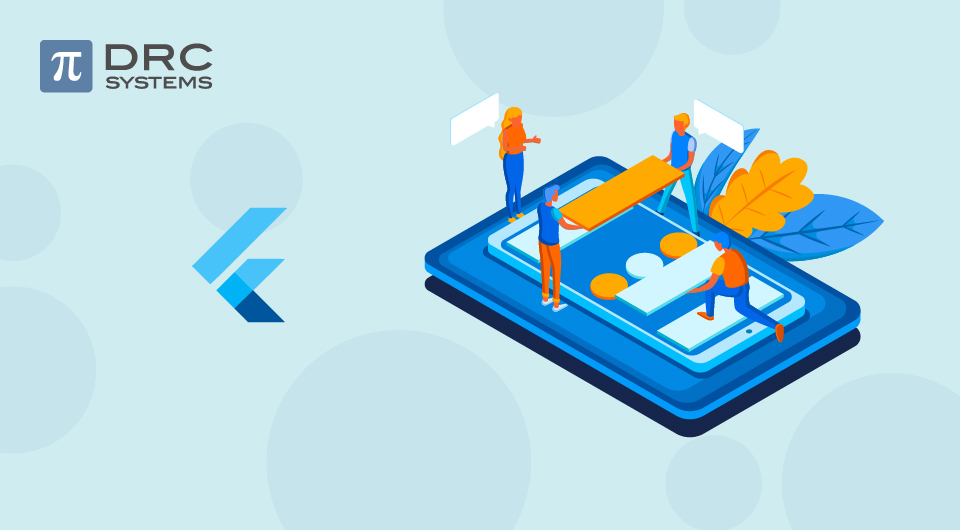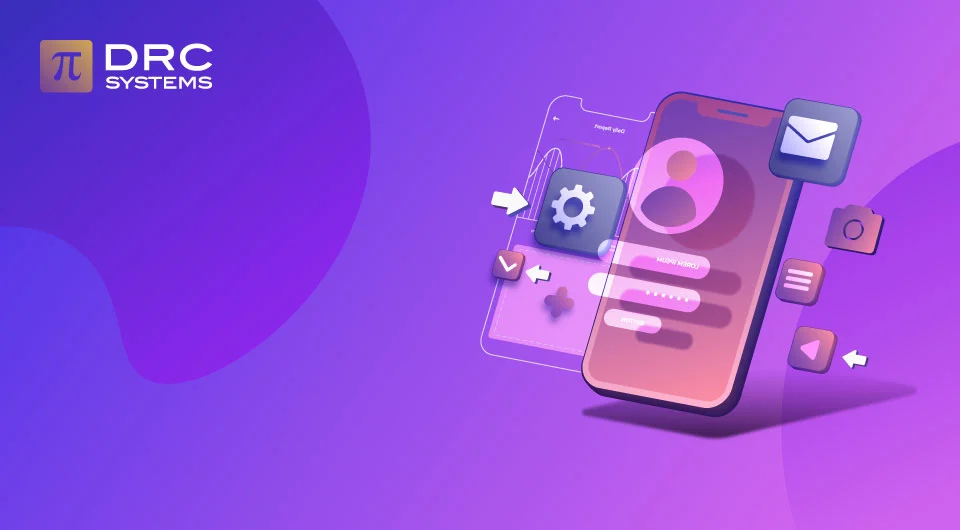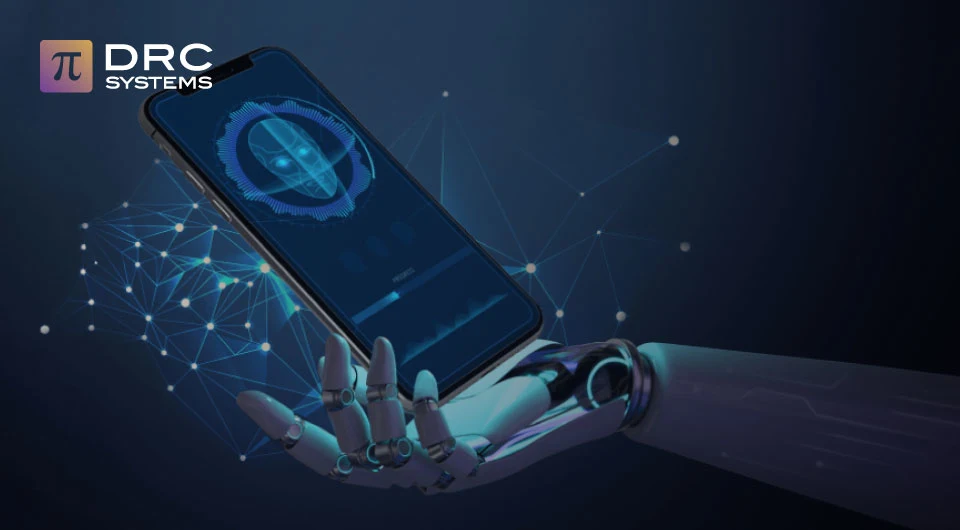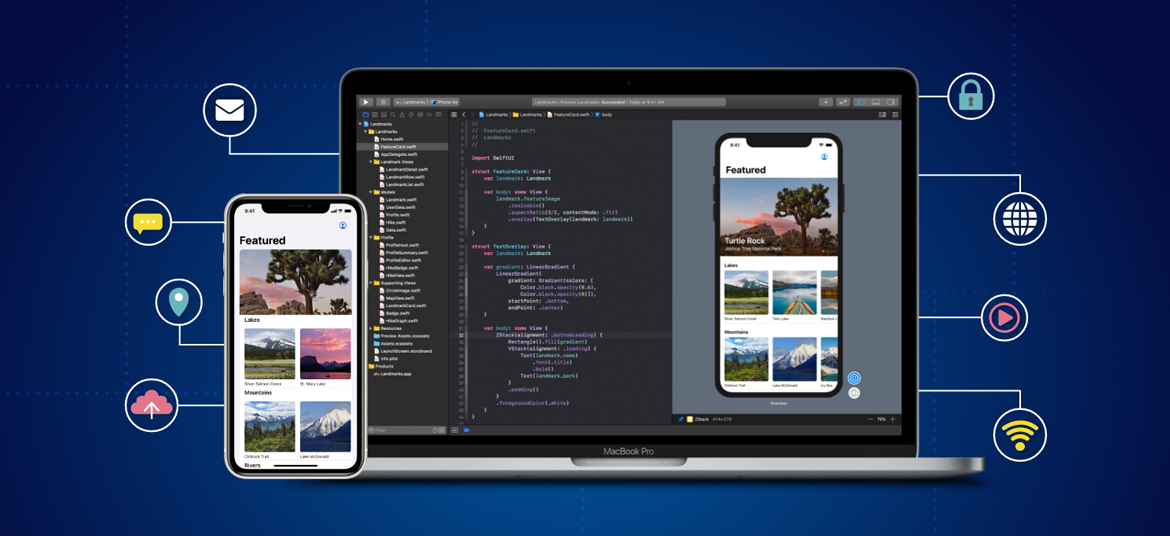Related Articles
Why Choose the Flutter Framework for Enterprise App Development?
Flutter, developed by Google, is a highly preferred cross-platform framework offering a powerful UI toolkit for enterprises.
Read The PostSmarter Mobile Apps: How AI is Revolutionizing App Features and Performance
Artificial Intelligence—one of the most powerful technological advancements in recent years—has completely altered the way businesses operate and deliver content,…
Read The PostChoosing the right language for iOS app development
If you are searching for the best programming language for iOS app development, this blog will help you find it.
Read The Post


